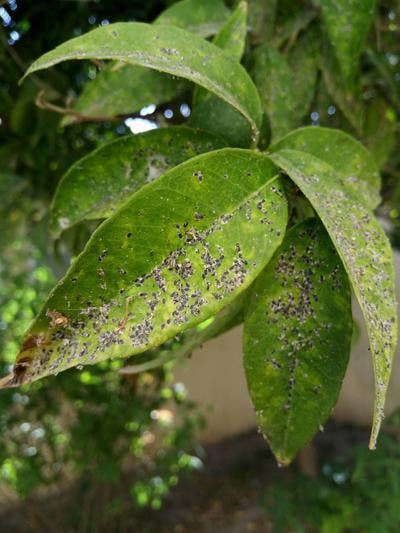
Citrus
With 143 million tons produced in 2019 for 7.8 million hectares, the production of citrus fruit is constantly increasing. China, Brazil, the United States and India are among the world’s largest producers.
Oranges, lemons and limes, mandarins and grapefruits are the most common crops grown. Used not only for their fruit, they are also used for the production of oil and citric acid.ue.
EV accompanies you in the main challenges you have to face: the sustainability of yields over time for trees that have a lifespan of about 50 years according to the FAO.
EV solutions at different BBCH stages
Our Advices

Soil preparation for planting
It is advisable to apply a bottom layer of fertilizer and/or green manure prepared at least one year in advance. For this, you can choose from our range of Fertinova organic fertilizers.
Depending on the results of the soil analysis, it may be necessary to make amendments For this, choose from our range of AMEO Organova.
To promote the mineralization of the fertilizer, the rooting of young plants and the stimulation of their growth, it is necessary to stimulate the microbial life of the soil. For this, the addition of Xurian® (rhizobacteria being very efficient for the humification of organic matter) or Rhizeos (root biostimulant in pellets) is strongly recommended for a successful plant implantation.

Optimizing fertilization during budding and flowering
During the budding and flowering period, it is essential that the plant has enough mineral elements (excesses can also be problematic) to avoid a drop in production and/or poor development of young plants Having a living soil and a regular supply of organic matter helps avoid deficiencies and helps the plant to be healthy and productive.
Products such as Xurian® (rhizobacteria that are very effective in the humification of organic matter and solubilizing nutrients) or Rhizeos® (root biostimulant in pellets) bring life to the soil, facilitating the absorption of nutrients by plants and optimizing fertilizer and organic matter inputs.

Maximising harvests
The use of Novastim® two or three weeks before the harvest favors the homogeneity of the ripening of citrus fruits, avoiding big differences between the analyzed samples and the reality of the plot.
Insects and diseases

This insect’s larvae (Ceratitis capitat) which are inside the fruit make spots appear.
The larvae of this insect (Ceratitis capitata) inside the fruit cause brown spots to appear on the surface of the fruit extending around the stinging point.
Necrosis forms and the fruit falls off. Trapping and releasing sterile male flies are the most effective remedies.

Diptera larva of the genus Lyriomyza spp, digs galleries inside the leaves of the citrus fruit.
The larva burrows inside the leaves of the citrus fruit.
Biological control is possible with different types of parasitoids, bioinsecticides and/or insects.
This procedure is valid for the different types of scale insects that attack citrus.

This disease caused by a Phytophtora soil fungus complicates the circulation of the sap...
This disease caused by a Phytophtora soil fungus complicates the circulation of sap and therefore has direct consequences on the production and growth of the tree.
Copper-based fungicides can be used to control the disease in its initial stages. The addition of fungi or bacteria (Bacillus in particular) is very effective in the control of this disease.

This is the most common viral disease in citrus, particularly scaly psorosis (Citrivir psorosis var. vulgare Faw)...
It is manifested by the formation of scales on the trunk and the scaffold branches.
This virus takes time, several years in fact, to have a real negative impact on the plant. However, once it is well established, production losses can be significant.
To eradicate this, scrape off all infected areas and apply a disinfectant.

Cryptogamic disease caused by a fungus of thecapnodium orfumago salicinatype...
EThis develops through deposits of aphid honeydew. A fine layer of blackish powder similar to soot appears on the leaves and fruits.
Before applying fungicide products, it is necessary to eliminate the majority of the aphid population that is responsible for the development of the disease. Biological control can be extremely effective in controlling the presence of aphids.
Our Products
Our latest news
JOIN OUR COMMUNITY
And receive our news every quarter. Innovations, seasonal products, crop advice and commercial animations for an efficient and sustainable agriculture.
Your email is only used to send you our newsletters. You can use the unsubscribe link in each email at any time. To learn more about the management of your data and your rights, you can consult our Privacy Policy
- Offer farmers high-performance and accessible biosolutions
- Contribute to the development of sustainable agriculture and the ecological transition
- Generate a positive environmental and societal impact
Your email is only used to send you our newsletters. You can use the unsubscribe link in each email at any time. To learn more about how we manage your data and your rights, you can read our Privacy policy.









